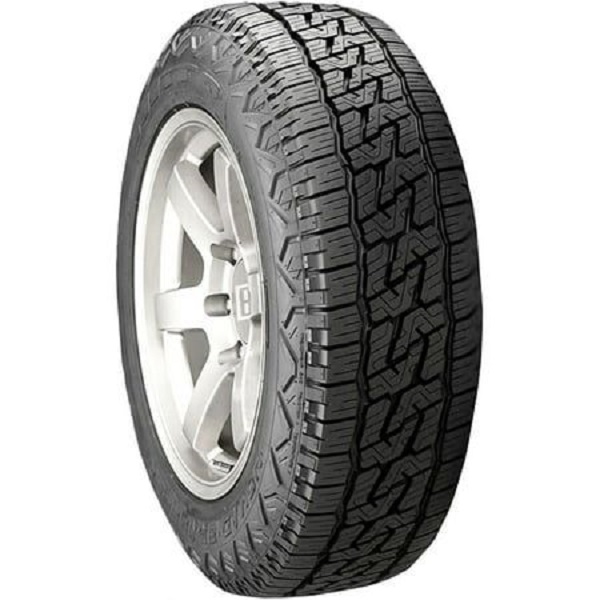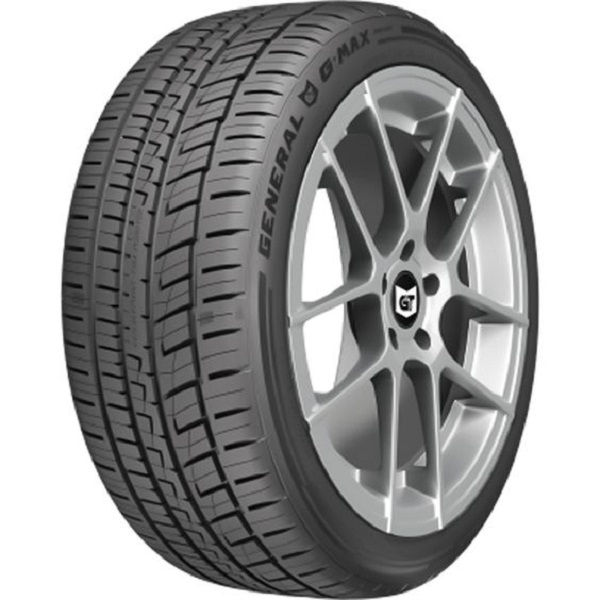Replacing tires is a critical aspect of vehicle maintenance that ensures safety and performance. Understanding how long it takes to put new tires on a car can help you plan accordingly and minimize any inconvenience. In this comprehensive guide, we will delve into the tire replacement process, factors affecting the time required, and tips for a smooth tire change.
The Tire Replacement Process
1. Initial Inspection and Preparation
How long does it take to put new tires on a car? The process begins with an initial inspection of the vehicle and the existing tires. A professional technician will assess the condition of the old tires and check for any underlying issues. This step usually takes about 10 to 15 minutes. During this time, they will also prepare the necessary tools and equipment for the tire change.
2. Removing the Old Tires
The next step involves removing the old tires from the vehicle. This process includes lifting the car with a hydraulic jack, removing the lug nuts, and taking off the old tires. This stage generally takes around 15 to 30 minutes, depending on the vehicle type and the technician’s efficiency.
3. Mounting the New Tires
Once the old tires are removed, the new tires are mounted onto the rims. This involves placing the new tires on the wheels and ensuring they are properly aligned. The mounting process typically takes about 20 to 30 minutes. Modern tire changers can speed up this process, but manual adjustments may take a bit longer.
4. Balancing the Tires
After the new tires are mounted, they need to be balanced to ensure smooth driving. Balancing involves adding small weights to the wheels to correct any imbalances. This step is crucial for preventing vibrations and uneven tire wear. Balancing usually takes around 10 to 15 minutes.

5. Aligning the Wheels
Wheel alignment is an optional but recommended step after installing new tires. Proper alignment ensures that the tires wear evenly and the vehicle drives straight. This step can take an additional 30 to 45 minutes, depending on the alignment machine’s precision and the technician’s skill.
6. Final Checks and Test Drive
Before completing the job, the technician will perform a final check to ensure everything is properly installed and secured. A test drive may be conducted to verify that the tires are functioning correctly and that the vehicle drives smoothly. This final phase usually takes around 10 to 20 minutes.
Factors Affecting Tire Replacement Time
1. Type of Vehicle
How long does it take to put new tires on a car? The time required to replace tires can vary based on the type of vehicle. For example, replacing tires on a standard passenger car is generally quicker compared to an SUV or a truck due to differences in size and complexity.
2. Tire Type and Size
The type and size of the tires also impact the replacement time. Specialty tires or larger sizes may require additional time for mounting and balancing. Ensure you communicate any specific requirements to the technician to avoid delays.
3. Equipment and Technology
Modern tire shops equipped with advanced machinery can complete tire replacements more quickly than those using older equipment. High-speed tire changers and computerized balancing machines can significantly reduce the overall time.
4. Technician Experience
The experience and skill level of the technician play a crucial role in how long the tire replacement takes. Experienced technicians can perform the task more efficiently, minimizing the time required for each step.
5. Additional Services
If you opt for additional services, such as wheel alignment or brake inspections, the overall time for tire replacement will increase. These services, while beneficial, add extra time to the process.
Tips for a Smooth Tire Replacement
1. Schedule an Appointment
To avoid long wait times, schedule an appointment with your local tire shop. This ensures that you will be seen at your preferred time and reduces the likelihood of delays.
2. Communicate Your Needs
Clearly communicate your tire preferences and any additional services you require when making the appointment. This helps the technician prepare in advance and streamlines the replacement process.
3. Prepare Your Vehicle
Before heading to the shop, make sure your vehicle is clean and free of any obstructions that might hinder the tire replacement process. Ensure the vehicle is easily accessible for the technician.

4. Ask for a Time Estimate
When you arrive at the shop, ask the technician for an estimated time for the tire replacement. This helps you plan accordingly and manage your time effectively.
5. Check for Quality
Ensure that the new tires meet your quality standards and are properly installed. Request a receipt and warranty information for your records.
Understanding the Benefits of Timely Tire Replacement
1. Enhanced Vehicle Safety
Timely tire replacement is crucial for ensuring vehicle safety. Worn-out tires can lead to reduced traction, increased risk of hydroplaning, and longer stopping distances. New tires provide better grip and stability, significantly enhancing your safety on the road.
2. Improved Fuel Efficiency
New tires can also improve fuel efficiency. Worn tires or tires with uneven tread patterns create more rolling resistance, causing the engine to work harder and consume more fuel. Freshly installed, properly balanced tires reduce rolling resistance, helping you save on fuel costs.
3. Increased Driving Comfort
New tires contribute to a smoother and more comfortable ride. They absorb road impacts better and reduce vibrations, leading to less noise and a more enjoyable driving experience.
4. Longer Tire Life
Replacing tires at the right time prevents uneven wear and prolongs the lifespan of your new tires. Properly installed and maintained tires can last longer, saving you money in the long run and reducing the frequency of replacements.
Common Tire Replacement Questions
1. How Often Should I Replace My Tires?
The general recommendation is to replace tires every 6 years or after they have worn down to 2/32 of an inch of tread depth. However, driving conditions and tire quality can affect this timeline. Regular inspections can help determine when it’s time for a replacement.
2. Can I Replace Just One Tire?
While it’s possible to replace just one tire, it’s usually better to replace them in pairs (front or rear) to maintain balanced handling and performance. Replacing all four tires ensures consistent traction and stability.
3. What Should I Do if I Notice Uneven Tire Wear?
Uneven tire wear can indicate alignment issues, improper inflation, or suspension problems. If you notice uneven wear, have your vehicle inspected by a professional to address the underlying issues before installing new tires.
4. Is It Necessary to Rotate My Tires Regularly?
Yes, regular tire rotation helps ensure even wear and extends the life of your tires. It’s generally recommended to rotate your tires every 6,000 to 8,000 miles, or as specified in your vehicle’s owner manual.
Choosing the Right Tire Shop
1. Reputation and Reviews
When selecting a tire shop, consider their reputation and customer reviews. A shop with positive feedback and a strong track record is more likely to provide reliable service and high-quality products.
2. Certifications and Expertise
Look for shops with certified technicians and expertise in tire replacement. Certification from organizations such as the National Institute for Automotive Service Excellence (ASE) indicates a high level of skill and professionalism.

3. Pricing and Warranties
Compare pricing and warranties offered by different tire shops. While cost is important, ensure you’re getting value for your money with quality products and comprehensive warranties.
Conclusion
In summary, replacing tires typically takes between 1.5 to 2 hours, depending on various factors such as vehicle type, tire size, and additional services. By understanding the tire replacement process and planning ahead, you can ensure a smooth and efficient experience. Regular tire maintenance and timely replacements are key to maintaining vehicle safety and performance.

